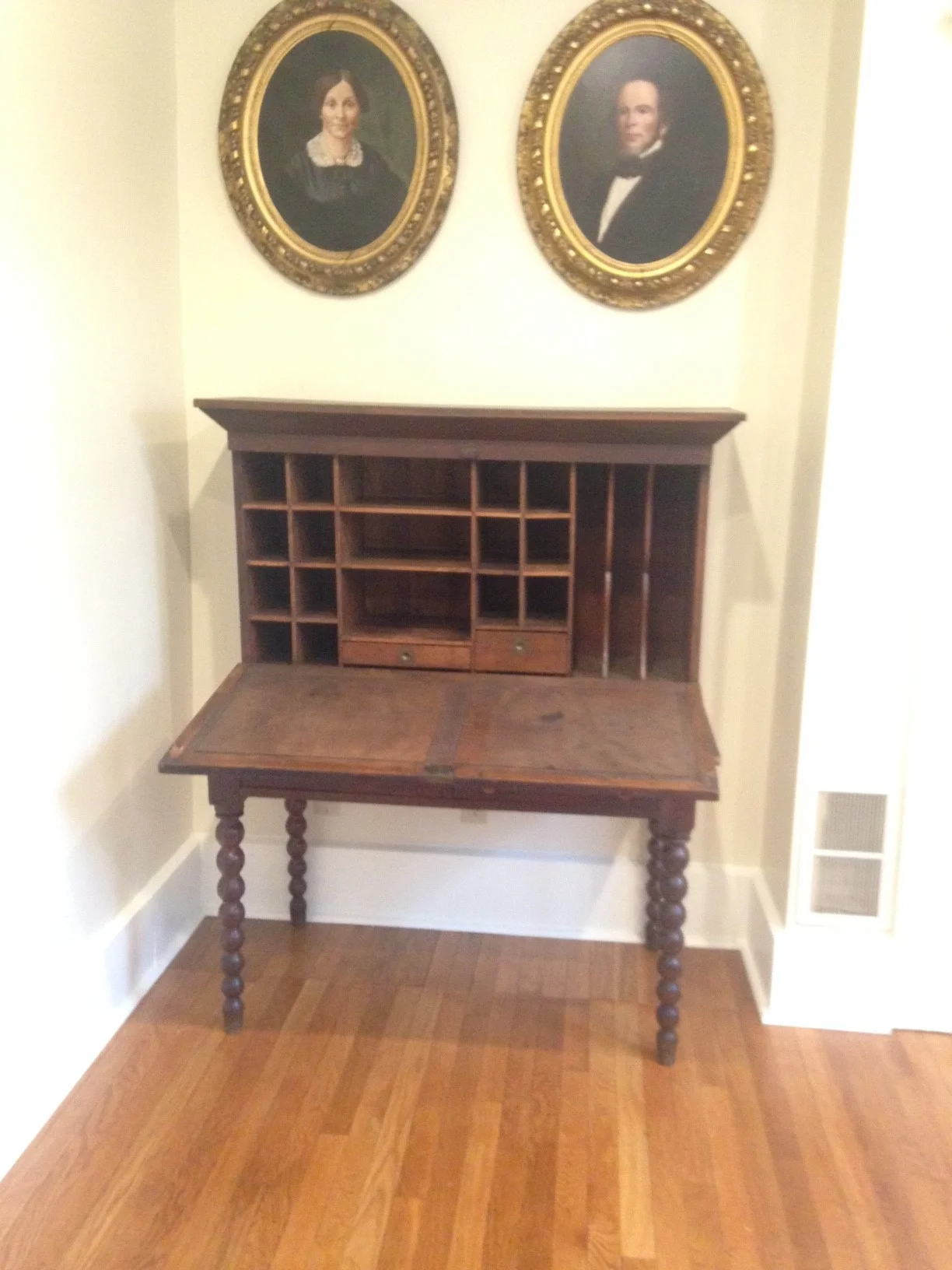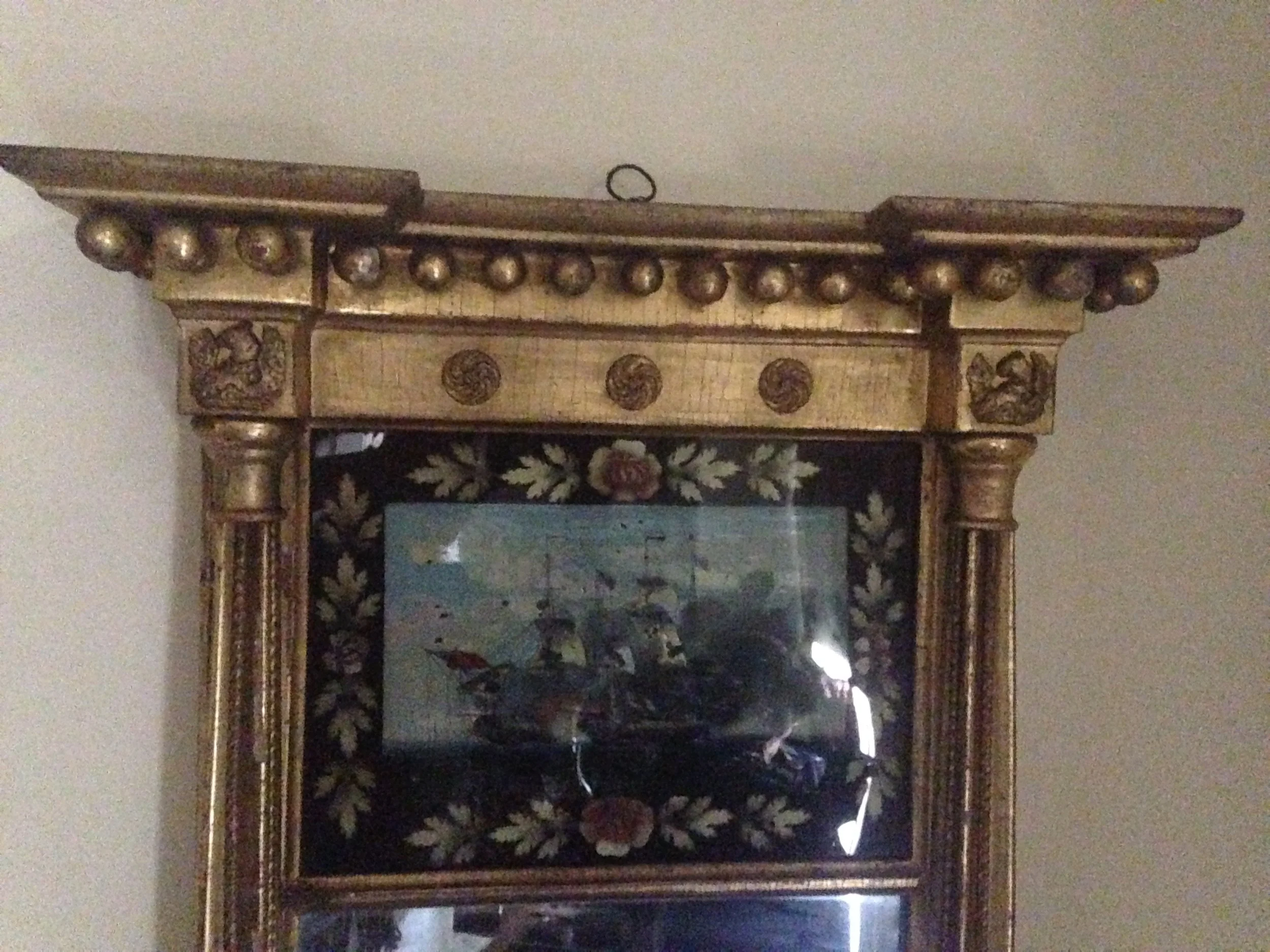The last issue of our newsletter carried the story of a group of black and white transfer china pieces in which the potter used images created by W.H. Bartlett. Our records were unclear as to the name of the donor and so we posed the question to you, our readers, to help us solve the mystery.
The good news is that three people responded…..and each had the same idea of whom the donor might have been. Each one suggested Doris Mavis. Now, we can find no record of Doris having been a volunteer at the museum, but obviously, in 1984, something prompted her to generously donate these fine pieces.
One caller identified Doris Mavis as having lived in the house at the corner of Elm and Mulberry Streets in Granville before moving to Kendal where she passed away in 2018. The caller thought Doris had been a member of the Granville Garden Club (maybe she volunteered in the garden at the museum).
Another reader says that Doris Mavis was married to Stephen Mavis (a Colonel in the military) and was a sorority sister of one of our former docents (Kappa Alpha Theta), “an interesting and nice person.” A third reader suggests the same information.
Our records have been improved. Thank you to all who read and who took the time to help solve this mystery!






































